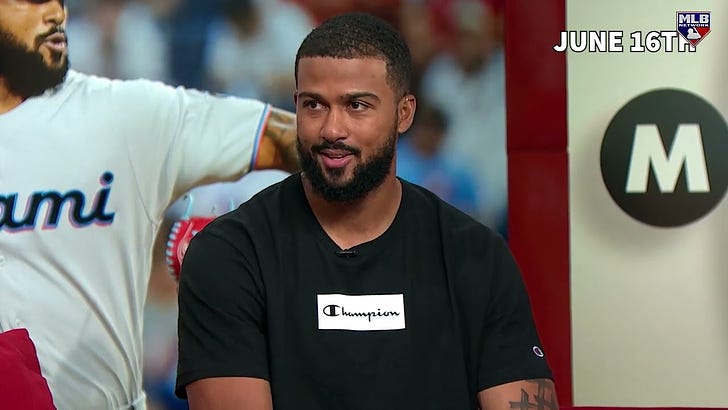Years ago, I did a study on pitching increases, those year over year workload gains that seemed so problematic. With the data we had at the time, finding even something small was pretty big for me. The key takeaway is that 30 inning increases came with a mild increase in injury risk. A lesser takeaway was that the number we all used as some sort of marker - 200 innings - really meant nothing. It was actually 190 that had some meaning. Pitchers that went over 190 innings once tended to stay there, but once they dipped below that, the fade was clear.
It was a vastly different pitching environment then. 100 pitch starts get called out now; then we regularly saw pitchers going 150. Pitcher Abuse Points were a thing, because pitchers were being abused. It was a primitive tool, but effective and perhaps one of the most influential stats of all time. Just look at the changes in how Dusty Baker manages from then to now. It doesn’t hurt that he works for James Click, who worked alongside Keith Woolner in the smart guy department at Prospectus.
This year, Sandy Alcantara has been an absolute outlier and is already over 190. There’s 33 others over 150, with an outside chance of making it to that level. Alcantara’s already been at that level twice; indeed, he’s done it every season he’s been a full-time starter in the league. Aaron Nola has done it twice before, but not since 2019. The same is true for Gerrit Cole. What we’re seeing is that 190 is the new elite level, not just a workload milestone.
Below that was/is 160 and I’m not sure it’s as meaningful. It’s a signal of at least some level of durability and availability, but I’m not sure yet whether the underlying things we really want to measure are as notable at what was a lower level rung.
That underlying data, the real workload and fatigue measurements that most teams are using, is opaque from the outside. Not all teams measure workload directly and fewer still track throws rather than pitches. Almost none are doing full 360 assessments, which include non-baseball activities and factor in recovery as well. In fact, there may be only a handful doing this in a meaningful, objective way.
At the end of the year, we’ll hear old timers bemoan the lack of 200-innning pitchers, of innings eaters and stud aces the likes of Nolan Ryan and Curt Schilling. I’m telling you that it doesn’t matter, but that the changes in the game are likely to push it even further down in the near future. Limiting innings doesn’t reduce injuries, as we can plainly see, but inning counts aren’t what anyone, inside or outside a front office, should be focused on.
On to the injuries:
JUSTIN VERLANDER, SP HOU (calf strain)
For years, Tom Tango has been running an algorithm to predict the Cy Young. As advanced metrics have become more and more open to the public and the writers that will vote, it’s become clearer what matters. Right now, with Justin Verlander on the IL, Dylan Cease has taken the lead, but it’s close.


Verlander is making progress and appears on track for his predicted minimum stay. He threw from the front of the mound, which takes a little of the pressure off his healing calf, and he told the media afterward that he hoped to do a normal bullpen in a couple days. There’s no reason to think he can’t keep his arm’s workload in a good range.
Verlander’s arm is certainly Cy quality, but I’m very curious whether the leg issue is some sort of sign, a first crack in his foundation at age-39. With his success and the success of Jacob deGrom, I wonder if some teams will start handling more pitchers, especially aging ones, more like Roger Clemens at the end of his career. With modern techniques, spring training is becoming a bigger anachronism than ever and there’s an advantage to be had by a team that figures out a better way.




